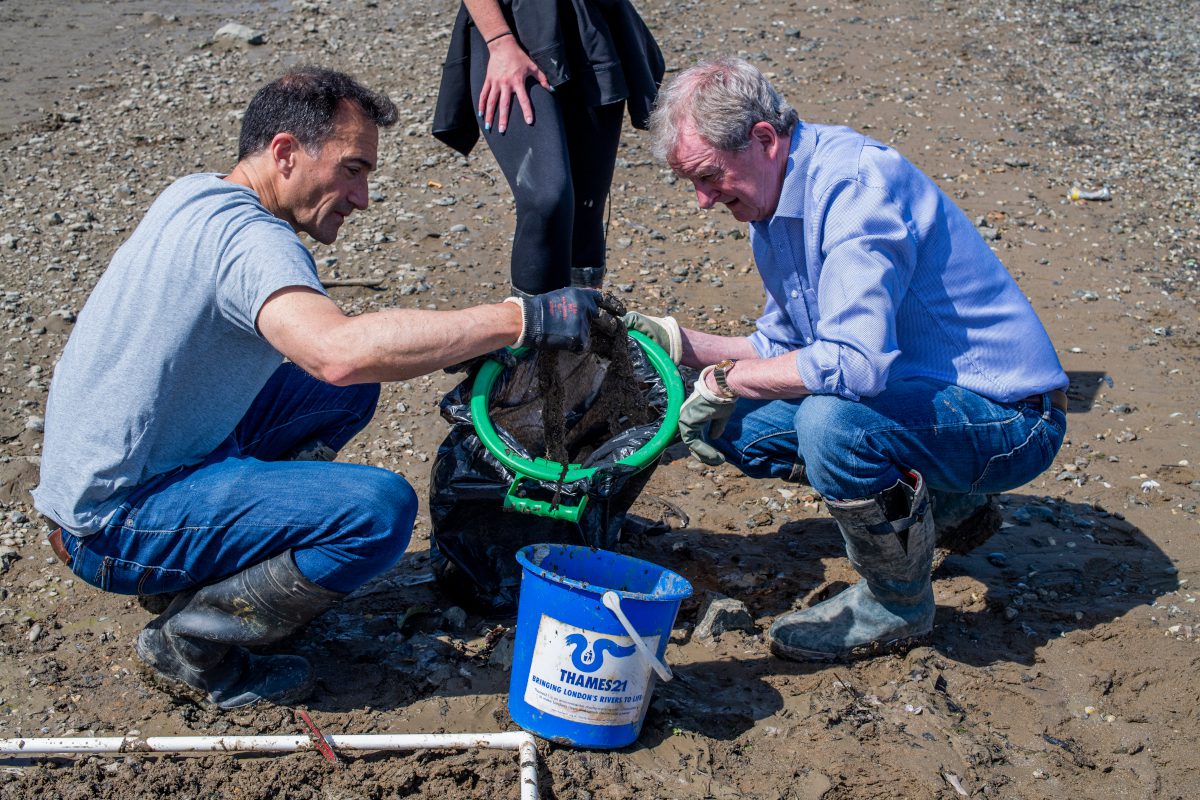
The government needs to make an immediate decision on banning plastic in wet wipes in order to help tackle this sewage-based pollution ending up in the River Thames, environmental charity Thames21 has urged.
The charity made the call as it launched its second Big Wet Wipe Count of the year, which was scheduled to place on the foreshore near Hammersmith Bridge on 11 October.
Wet wipes enter the river through sewage pipes after they are flushed down toilets. Most contain plastic in them and because of this they can cause blockages which back up sewage that spills into the River Thames. When they end up on the foreshore, they eventually break down into microplastic and damage aquatic life and the Thames’ ecosystem.
The government concluded its consultation on single-use plastics, including the issue of banning plastic in wet wipes in February 2022. The results of this consultation were due to be published in the spring but have been persistently delayed.
“The River Thames is suffering from a plague of wet wipes and we would like to see the government accelerate legislation on banning plastic in wet wipes,” Debbie Leach, CEO at Thames21. “We can’t afford any more delays; the government must get on with this to ensure we don’t form any more wet wipe islands and protect the Thames from this harmful pollutant for the protection of people and for wildlife.”
She added: “Elsewhere, everybody, including water companies, consumers, the government, Ofwat and the Environment Agency need to accelerate work to stop these unacceptable discharges of untreated sewage and sewage litter from happening in the first place.”
The charity partners up with citizen scientists, the Port of London Authority (PLA) and Tideway to run its Big Wet Wipe Count event and gather crucial data on the wet wipes settling in the Thames to lobby for change.
Earlier this year, Thames21’s citizen scientists found almost 2,000 wet wipes in the 60m2 surveyed next to Hammersmith Bridge in Barnes recently, that’s 33 wet wipes on every m2 of the foreshore. Ten transects were laid out 25m apart running from the main foreshore wall in down to the River Thames covering a 250m strip of foreshore. The transects were geolocated precisely by experts from the PLA. Citizen scientists were given specific areas to monitor to survey the litter within their allocated transects.
The data will be added to bathymetric survey data held by the PLA which shows the change in mound height overtime allowing Thames21 and the PLA to assess whether the problem is getting better or worse and if the new Tideway Tunnel (due to open in 2025) improves the situation.






